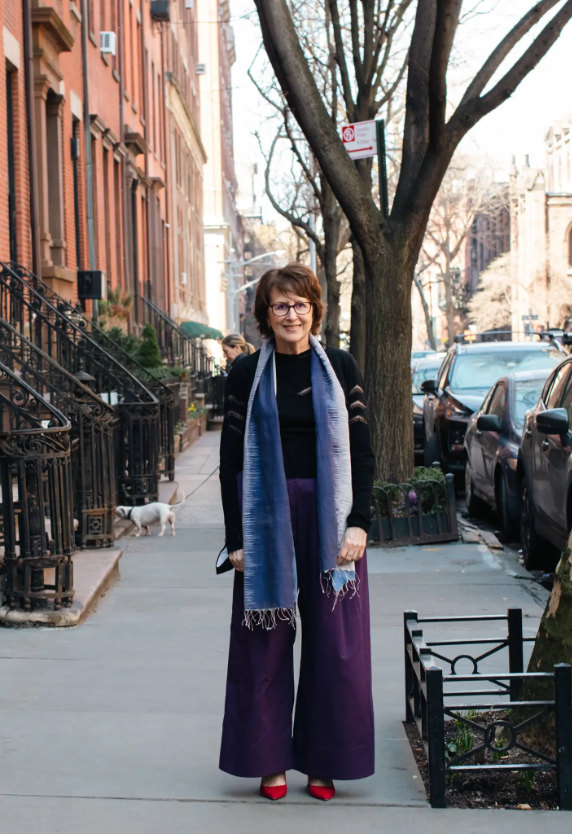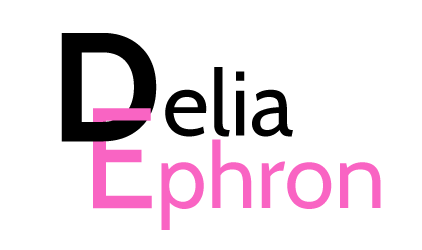Published in the New York Times
November 25, 2022
I have a good suggestion, and it will cost nothing.
 It’s not yet Christmas or Hanukkah or Kwanzaa, and Eid al-Fitr is past. But three of those holidays are looming, waiting to cheer you, stress you out or otherwise consume your life. I have no idea what you want to give or receive next month, but I have a good suggestion, and it will cost nothing.
It’s not yet Christmas or Hanukkah or Kwanzaa, and Eid al-Fitr is past. But three of those holidays are looming, waiting to cheer you, stress you out or otherwise consume your life. I have no idea what you want to give or receive next month, but I have a good suggestion, and it will cost nothing.
A little background: In 2018 I had a fatal disease, acute myeloid leukemia, or A.M.L., and the only thing that could save my life was a bone-marrow transplant. Leukemia is a blood cancer, a disease of the marrow. Your marrow produces your body’s blood supply.
I was given four months to live unless I had a transplant. A bone-marrow transplant, for the patient, is a grueling procedure that involves wiping the diseased marrow clean with powerful chemotherapy and transfusing stem cells from a healthy person who is genetically matched. But for the person who makes the donation, it is not difficult.
Bone marrow transplants, also known as blood stem cell transplants, help save the lives of about 8,000 people a year in the United States with blood cancers — from children only a few months old to adults in their 70s, according to Be the Match, the national registry of donors. I was 72, and I could not have a match from a relative because doctors were concerned that leukemia might run in my family. My sister Nora died of the very same disease in 2012, at 71. I needed a donor from the national registry.
Be the Match estimates that 18,000 people each year are diagnosed with diseases that can be treated by a transplant and 12,000 of those, like me, need stem cells from an unrelated donor or from the umbilical cord that a mother donated when she gave birth. In my transplant, I was transfused with both.
Since the Covid pandemic began in 2020, the number of people who have registered but then refused to donate when called has risen. Certainly, the desire to avoid hospitals during this perilous time made that amazing act of generosity less appealing. Perhaps saying no to being a donor is part of a national introversion — like avoiding gatherings and returning to the office — a feeling that the world outside the one we know is dangerous or too complicated. But the reality is that donation can be done simply and safely.
Here’s how: Visit bethematch.org or the website of one of the many other organizations that do this. (There are 55 worldwide, and they all cooperate.) Complete a brief registration form, and Be the Match will mail you a kit. You swab the inside of your mouth as instructed and return the swab in the envelope provided.
You can register and never get called, or one day, with thrilling unexpectedness, you will get a phone call, as my donor Casey McClaine did, to tell you that there is an extremely sick person waiting for you to save his or her life.
Recent research has shown that patient outcomes improve when the donor is young, and doctors are most likely to request a donor under the age of 34. Young donors tend to have many millions more stem cells to offer than older ones. You can register if you are 40 or under. Casey was 27 years old when she was called. She registered two years earlier. Her youth gave me an edge.
Casey lives on the Gulf Coast of Florida, more than 1,000 miles from my home in New York City. I didn’t know then that a younger donor was better, and I was surprised to hear that someone in her 20s would be thinking about saving someone else’s life when she was discovering an adult life of her own. An awareness of mortality and empathy for someone else’s can be, well, not as sharp as it is later in life. But perhaps that is my lack of understanding or imagination. In any event, thank God, she did. When she got the call, she later told me, she was elated.
Be the Match coordinates all the transplants in the United States and ferries stem cells to patients from all over the world. Although you won’t be paid to donate, Be the Match will cover all costs, reimburse for lost wages or expenses during donations and arrange for everything like your checkup to make sure you are healthy.
I was allowed to contact my donor one year after my transplant if my donor permitted it. (Umbilical cord donations remain anonymous.) Casey told me she registered because her mother, a nurse, told her about it, and she thought all people should do it if they can. Because there was no hospital available nearby — often there is — Be the Match flew her and her boyfriend to Washington, D.C., covered two nights in a hotel, and picked up all expenses. Casey spent five hours one day hooked up to a machine, which took the blood from her body, collected her stem cells and transfused her blood back into her. It took time, yes it did, not a lot, but it was painless.
She told me that she was hoping to do it again.
So, during the holidays, if you are under 40, register to be a blood stem cell donor. If you are having a baby, donate your umbilical cord to a cord blood bank. Talk to your OB — umbilical cords, rich with lifesaving stem cells, are otherwise, as one of my doctors put it, thrown in the trash. Give these gifts to a stranger. That’s the holiday spirit. If you have children or grandchildren in their 20s or 30s, when they ask you what you want for a present, tell them that you want them to register. Tell them that, for the holidays, you want them to save a life.
Delia Ephron is the author of the memoir “Left on Tenth: A Second Chance at Life.”
published in the New York Times

